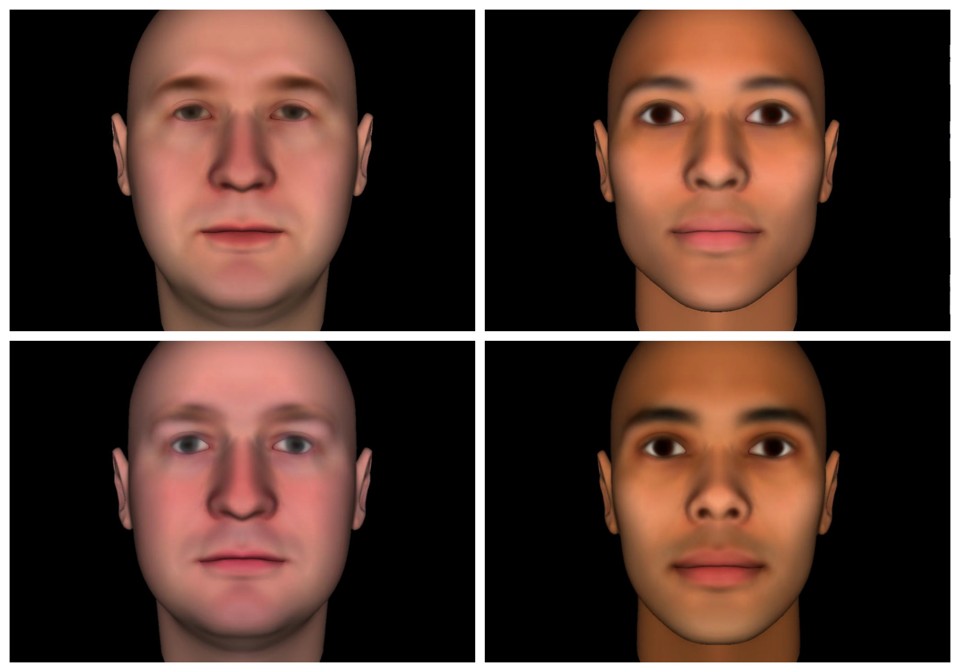Two halves, one American wholePosted in Articles, Asian Diaspora, Autobiography, Media Archive, United States on 2016-11-23 14:39Z by Steven |
Two halves, one American whole
The Columbia Spectator
2016-11-16
Luciana Siracusano
Halfie. That’s the endearing term I use to explain my ethnic and cultural heritage when people don’t know what to make of my facial features. My father is a third-generation Italian-Irish-American, and my mother is Korean and immigrated here in her 20s, so I’m half-Korean and half-Italian-American. While some people can tell right away, others have no idea—they think I’m either completely white or completely Asian, or they’ll ask. Their guesses about my heritage fall all over the ethnic, racial, and geographic map—which is to be expected, I suppose, when you’re the product of diverse genes.
Being half has put the quest for self-discovery and definition at the forefront of my life. People’s efforts to categorize me can be frustrating, since I have difficulty categorizing myself. It often involves sifting through labels and historical and political rhetoric that confuse my sense of identity. But ultimately, my mixed heritage has shaped how I define not only myself, but also what it means to be American.
People tell me, “You could never pass as an American,” or “You’re not really Korean.”…
Read the entire article here.



